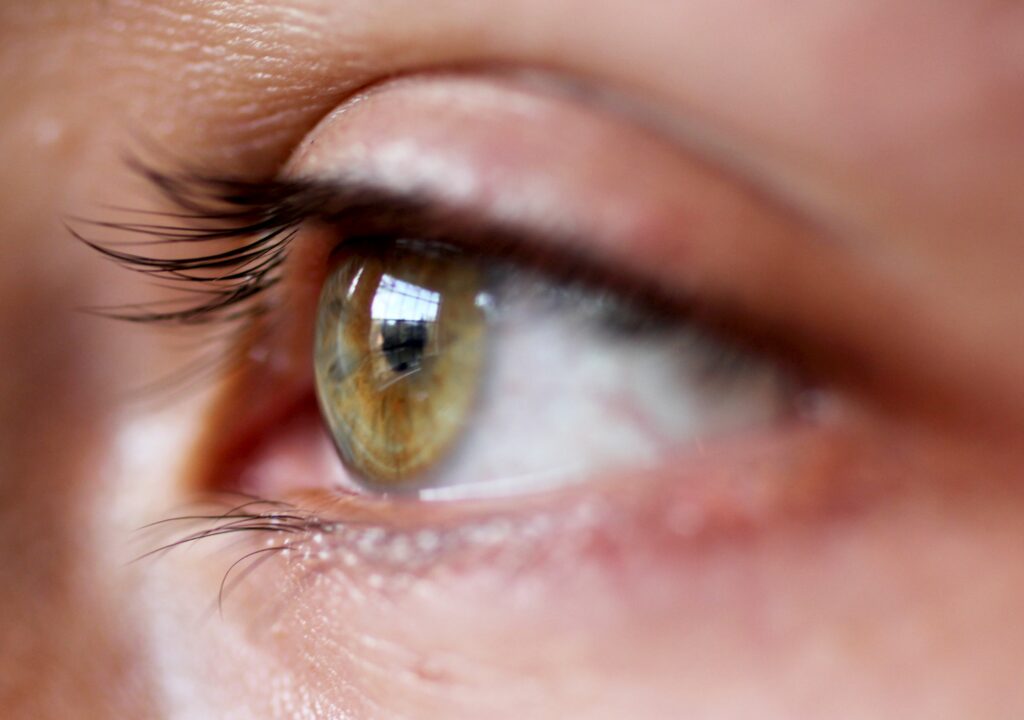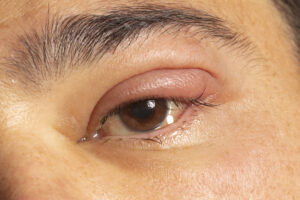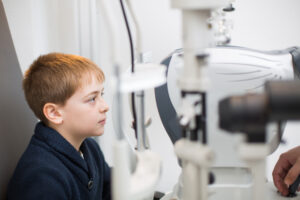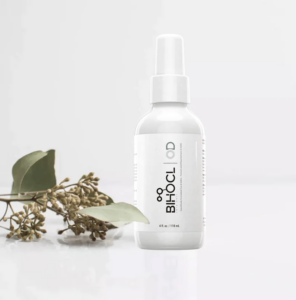Ocular rosacea, a variant of rosacea, an enduring inflammatory dermal condition that predominantly affects the countenance, materializes with a myriad of eye-related indications. Behold, a compendium on ocular rosacea:
Symptoms:
Dryness: Ocular rosacea desiccates the eyes, engendering a sensation akin to grit or combustion.
Redness: The eyes may manifest a bloodshot appearance or evince unwavering rubescence as a consequence of inflammation.
Irritation: Ocular rosacea provokes irritation, pruritus, and a sensation akin to foreign matter in the eyes.
Eye Watering: Excessive tears eyes may manifest.
Blepharitis: Inflammation of the eyelids, christened blepharitis, remains prevalent in ocular rosacea. It can induce encrustation of the eyelashes, redness, and tumefaction.
Eye discomfort: Ocular rosacea can engender general ocular unease or torment, often exacerbated by environmental catalysts like gusts of wind or luminosity.
Causes and Triggers:
Ocular rosacea is postulated to be the ramification of the same underlying inflammatory processes as cutaneous (dermal) rosacea. The precise etiology of rosacea remains incompletely understood, but it is hypothesized to entail a blend of genetic and environmental constituents. Catalysts that can exacerbate ocular rosacea indications encompass:
- Flare up of cutaneous rosacea: Ocular indications may concur with flare-ups of cutaneous rosacea.
- Environmental constituents: Exposure to sun, wind, heat, or dry environments can provoke or intensify indications.
- Irritants: Certain substances, such as cosmetics, makeup, and specific ocular drops, can irritate the eyes and escalate indications.
- Specific foods/beverages like spicy foods, alcoholic libations, hot beverages, and more.
- STRESS!
Management and Treatment:
Intense Pulsed Light (IPL) has revolutionized ocular rosacea therapy. To garner optimal results, it necessitates 3-6 sittings, yet it stands as one of the finest long-term remedies for ocular rosacea.
Exemplary eyelid hygiene: Delicate cleansing of the eyelids with tepid water and mild cleansers can aid in managing blepharitis and preserving cleanliness of the eyelids.
Topical and oral medications: Depending on the severity of indications, medications such as topical antibiotics, corticosteroids, or oral antibiotics may be prescribed to curb inflammation and manage indications.
Avoidance of triggers: Identifying and circumventing triggers that exacerbate indications can aid in averting flare-ups. This may involve safeguarding the eyes from environmental constituents and eschewing known irritants.
Eyelid scrubs: Employing over-the-counter eyelid scrubs or foam cleansers can aid in eliminating detritus, oils, and mites from the eyelids and eyelashes.
Artificial tears: Eye drops or artificial tears can provide relief from desiccation and alleviate discomfort stemming from indications, albeit it does not significantly address the cause.
If one suspects ocular rosacea or experiences persistent ocular indications alongside cutaneous rosacea, it is paramount to consult with an ocular care specialist. At Lumos Vision Care, Dr. Leung can deliver an accurate diagnosis, propose appropriate treatment alternatives, and facilitate effective management of the condition to minimize ocular discomfort and sustain ocular well-being.









